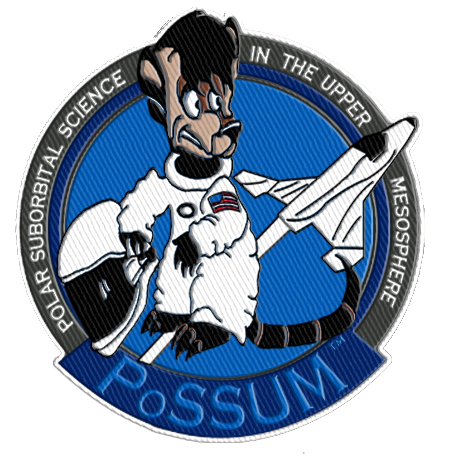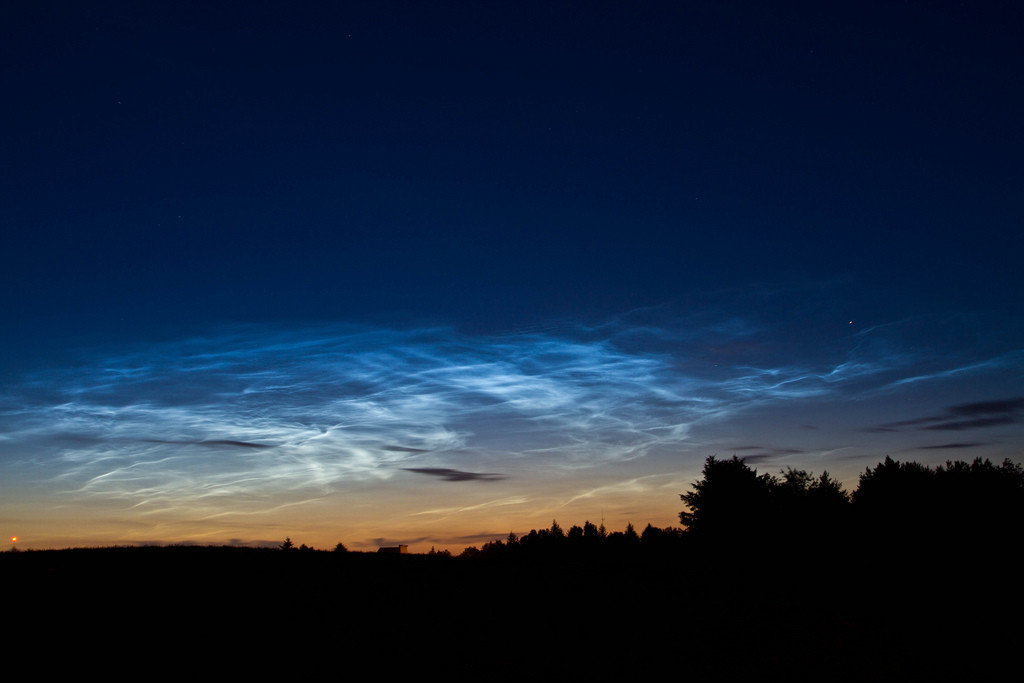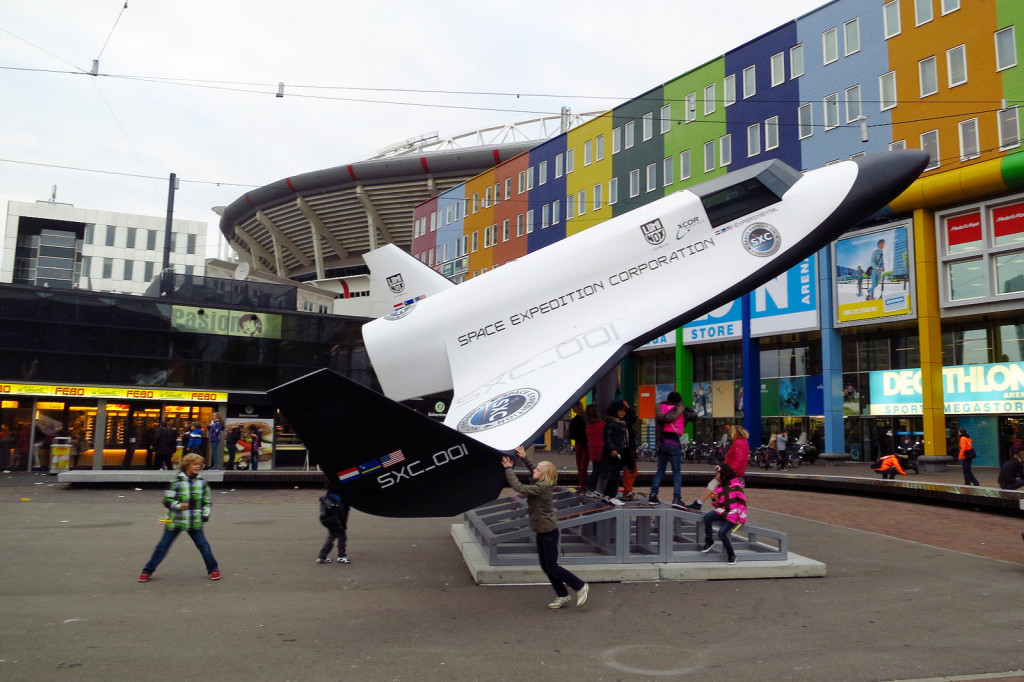Welcome to my PoSSUM journal! You can follow my adventure here, and on Facebook, Twitter, and Instagram. Many of you already know about my participation in PoSSUM this upcoming week, but few of you are aware of the tremendous expense this is for me personally. If you have a few dollars to invest in my future career as an astronaut, please consider giving me a donation. I’ve set up a GoFundMe page (GoFundMe.com/SpaceRoss) where you can donate to help offset the cost of this next step in my career. I appreciate it!
On Friday, October 9th, I’ll be departing for Embry-Riddle Air Force Base in Daytona Beach, Florida. There I’ll join a class of “scientist-astronaut candidates” for a week’s worth of training with the PoSSUM Project research team. (Press can learn more by downloading the PoSSUM Press Pack).

PoSSUM stands for Polar Suborbital Science in the Upper Mesosphere, which is where some very interesting atmospheric science occurs. In particular, PoSSUM intends to study noctilucent clouds, which are clouds that form right at the edge of space, between 76 and 85 kilometres altitude. Their name means “night shining” in latin, because they are illuminated by sunlight long after sunset. These clouds are thought to have a strong correlation with global climate change, which is why they are an interesting research target.

Part of our training will teach us how to operate the scientific instruments for the Notilucent Cloud Tomography Experiment. These instruments will image the notilucent clouds in 3D, similar to the way a CAT scan produces a 3D image of the human body. Other experiments will precisely measure the temperatures and densities of the atmosphere along the flightpath.
When commercial spaceflight becomes available, PoSSUM plans on being ready with a large contingent of scientist-astronaut candidates. Spaceplanes like the XCOR Lynx will be outfitted with PoSSUM instruments, and their suborbital flightpath, which crosses the edge of space at 100 kilometers, will be perfect for collecting data about notilucent cloud structure.

The PoSSUM training will prepare us for the rigours of launch conditions by taking us on high-G aerobatic flights. We’ll also learn about high-altitude, low-oxygen environments, and the physiological dangers of hypoxia. Afterwards, I’ll join the PoSSUM team in Ottawa for the second component of my trip, which will test their microgravity spacesuit on zero-G parabolic flights.